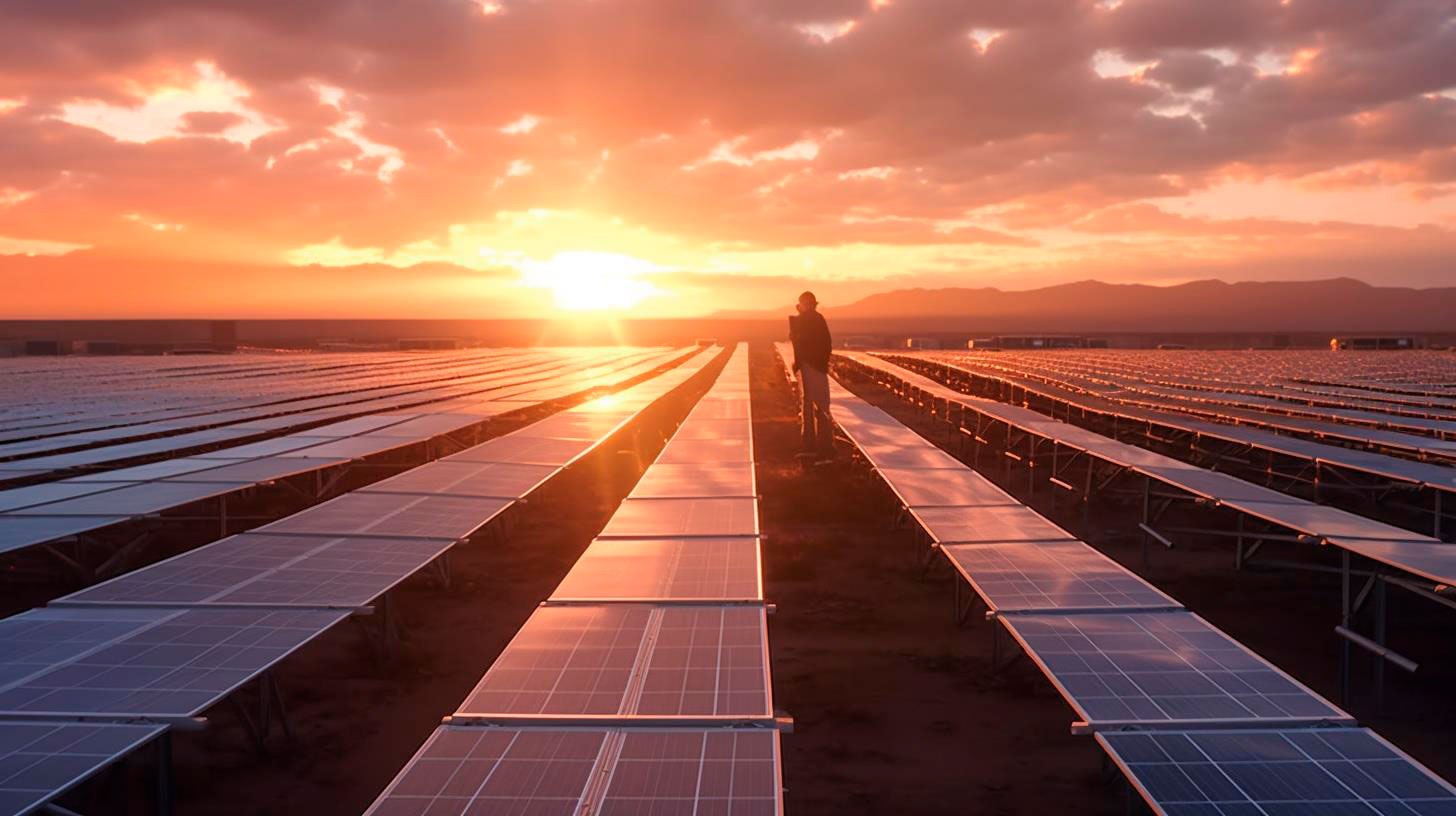Sailing Towards a Greener World: Advancements in Floating Solar Farms
In this article, we will delve into the advancements in floating solar farms, explore their potential benefits, and highlight the key takeaways from this exciting renewable energy technology.
1. The Rise of Floating Solar Farms
The concept of floating solar farms, also known as floating photovoltaic (FPV) plants or floatovoltaics, originated in Japan with the creation of the first commercial-sized installation in 2007. Since then, this technology has been steadily gaining traction worldwide as countries strive to diversify their energy portfolios and reduce their reliance on fossil fuels.
Key Takeaway:
- Floating solar farms have gained momentum as a viable alternative to traditional solar power installations.
2. Benefits of Floating Solar Farms
Floating solar farms present a range of advantages, making them an attractive option for harnessing solar energy:
2.1 Maximizing Land Utilization
One of the most significant benefits of floating solar farms is their ability to utilize untapped water bodies, such as reservoirs, lakes, and ponds, for energy generation. With conventional solar farms requiring vast areas of land, floating solar farms provide a practical solution for countries experiencing land scarcity.
2.2 Higher Efficiency
Due to the cooling effect of water, floating solar farms demonstrate higher energy conversion efficiencies compared to their land-based counterparts. The cooler environment prevents solar panels from overheating, allowing them to operate optimally and generate greater output.
2.3 Water Conservation and Reduction of Evaporation
Floating solar farms help address water scarcity concerns by reducing evaporation from open water bodies. By covering the surface, they minimize water loss, conserve natural resources, and mitigate the adverse impacts of prolonged droughts.
2.4 Enhanced Environmental Sustainability
By utilizing water surfaces instead of land, floating solar farms have minimal environmental impact. They do not result in deforestation or soil degradation, ensuring the preservation of ecosystems and wildlife habitats.
Key Takeaways:
- Floating solar farms maximize land utilization and overcome land scarcity limitations.
- They demonstrate higher energy conversion efficiencies due to the cooling effect of water.
- These farms aid in water conservation by reducing evaporation from open water bodies.
- Floating solar farms have minimal environmental impact, ensuring enhanced sustainability.
3. Technological Advancements
As the popularity of floating solar farms surges, engineering advancements are propelling the technology forward. Some notable technological innovations in this field include:
3.1 Float Design and Material Improvements
Manufacturers are continuously developing better float designs and materials to enhance the durability and stability of floating solar farms. Innovations such as interlocking floats and UV-resistant materials ensure long-lasting performance even in challenging conditions.
3.2 Integrated Floating Systems
The integration of solar farms with complementary technologies, such as energy storage systems or desalination plants, is becoming increasingly prevalent. This synergy optimizes energy utilization and expands the functionality of floating solar farms.
3.3 Remote Monitoring and Maintenance
Remote monitoring systems equipped with sensors and data analytics enable real-time performance tracking of floating solar farms. This remote management minimizes maintenance costs, improves efficiency, and allows for prompt troubleshooting.
Key Takeaways:
- Technological advancements in float design and materials enhance the durability of floating solar farms.
- Integrated floating systems optimize energy utilization and expand functionality.
- Remote monitoring systems enable real-time performance tracking and reduced maintenance costs.
Conclusion
Floating solar farms represent a bold step towards a greener world. Their ability to maximize land utilization, higher energy conversion efficiencies, water conservation, and minimal environmental impact make them a compelling renewable energy solution. As technology continues to evolve, the future looks bright for floating solar farms, offering great promise in our journey towards a more sustainable and resilient planet.
